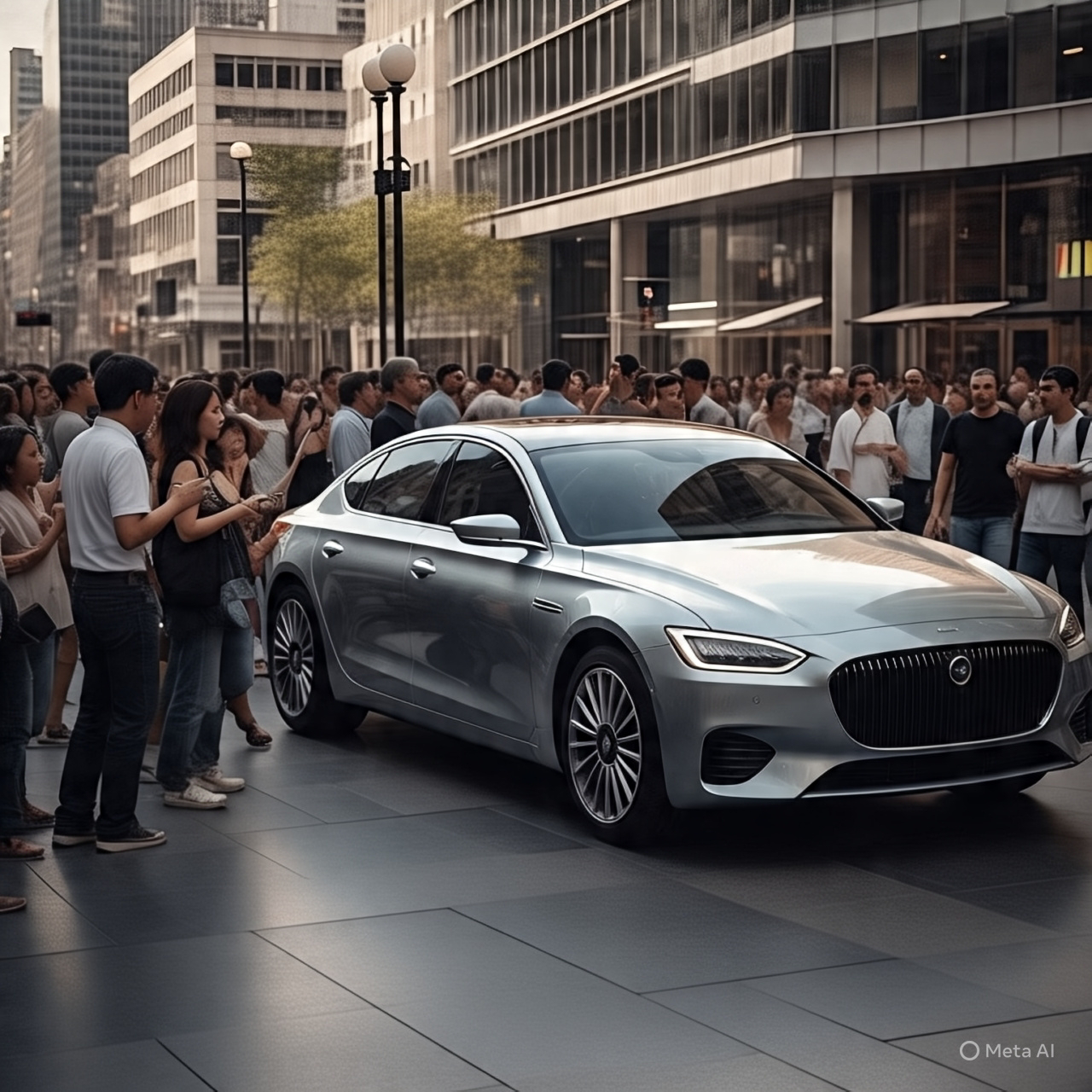In 2025, the auto insurance industry is undergoing a dramatic transformation—and usage-based car insurance (UBI) is leading the charge. Powered by telematics technology, this innovative insurance model allows providers to calculate premiums based on real driving behavior rather than general statistics.
Whether you're a safe driver or looking to cut insurance costs, UBI could be your smartest move this year. In this article, we’ll break down how telematics is revolutionizing auto insurance premiums in 2025, what it means for drivers, and how you can benefit from it.
📡 What Is Usage-Based Insurance (UBI)?
Usage-Based Insurance (UBI), also known as pay-as-you-drive (PAYD) or pay-how-you-drive (PHYD), is a policy type where your driving habits directly influence your insurance premiums.
Key Factors Telematics Monitors:
-
Mileage driven
-
Speed and acceleration patterns
-
Hard braking or cornering
-
Time of day (e.g. night vs. day driving)
-
Phone usage while driving (distracted driving)
UBI uses telematics devices, often installed in your vehicle or built into a mobile app, to track and send this data securely to your insurance provider.
🔍 How Telematics Works in 2025
Telematics systems have evolved far beyond simple GPS trackers. In 2025, most modern vehicles come with built-in telematics units, or drivers can opt for plug-in OBD-II devices or smartphone apps.
Real-Time Data, Smarter Premiums
The insurer collects this data in real-time and uses AI-powered algorithms to assess your driving risk. Safe and responsible drivers receive lower premiums, while risky behavior may result in higher costs or even loss of discount eligibility.
Examples of Telematics Programs in 2025:
| Insurance Provider | Program Name | Features |
|---|---|---|
| Progressive | Snapshot® | Mobile app tracking, up to 30% discount |
| Allstate | Drivewise® | Real-time feedback, cash rewards |
| State Farm | Drive Safe & Save™ | Tracks via mobile app or connected car |
| Nationwide | SmartRide® | Personalized feedback, instant savings |
💰 Benefits of Usage-Based Insurance in 2025
1. Lower Premiums for Safe Drivers
UBI rewards good driving behavior. Some drivers report up to 40% in savings.
2. Personalized Pricing
Your rates are based on how you actually drive—not your age, ZIP code, or gender.
3. Improved Driving Habits
Real-time feedback encourages safer driving, helping reduce accidents.
4. Transparency
Drivers can track their scores and understand exactly how their rates are calculated.
5. Eco-Friendly Incentives
Lower mileage and smoother driving reduce fuel consumption and emissions—some insurers even offer green driving bonuses.
⚠️ Challenges and Considerations
While UBI is promising, it’s not for everyone. Here’s what to consider:
-
Privacy Concerns: Your driving data is tracked and stored, which raises data security issues.
-
Risk of Rate Increases: Aggressive driving can lead to higher premiums.
-
Limited Availability: Not all insurers offer UBI in every state or for all vehicle types.
-
Battery Drain (for mobile apps): Continuous tracking can affect your phone’s battery life.
🧠 Who Should Use Telematics-Based Insurance?
UBI is ideal for:
-
Low-mileage drivers (e.g., remote workers)
-
Students and retirees
-
Cautious, defensive drivers
-
Eco-conscious consumers
-
Tech-savvy drivers who want real-time insights
📈 Market Trends: UBI in the US Auto Insurance Industry (2025)
-
Over 45% of drivers in the US are enrolled in some form of UBI program in 2025.
-
EV and hybrid owners are the fastest-growing segment using telematics.
-
Regulators in states like California, Texas, and New York are revising rules to expand UBI offerings.
🛠️ How to Enroll in a UBI Program
Step-by-Step Guide:
-
Choose an insurer that offers UBI (Progressive, GEICO, State Farm, etc.)
-
Install the telematics device or app provided by your insurer.
-
Drive normally for the monitoring period (usually 30–90 days).
-
Receive a driving score and your adjusted premium.
-
Review your dashboard regularly to track and improve your score.
📌 Best Practices to Maximize Savings with UBI
-
Avoid sudden stops and aggressive accelerations
-
Drive during safer hours (avoid late-night driving)
-
Limit mileage when possible
-
Stay focused—don’t use your phone while driving
-
Check your driving score regularly via your insurer’s app
✅ Final Thoughts
Usage-based car insurance is no longer a niche option—it’s the future of auto coverage in 2025. With personalized pricing, real-time feedback, and eco-conscious benefits, telematics is empowering safer, smarter, and more affordable driving.
If you're a cautious driver who values transparency and control over your expenses, enrolling in a UBI program could mean significant savings—and a better driving experience overall.
🔍 Frequently Asked Questions (FAQ)
Q: Will telematics increase my car insurance rates?
A: Not always. Rates typically only go up if the data shows risky driving habits.
Q: Is my driving data safe?
A: Most major insurers follow strict data protection protocols, but it’s best to read their privacy policy.
Q: Can I opt out of UBI once I’ve enrolled?
A: Yes, but your discount may be removed, and you'll revert to a traditional policy rate.



Comments :
0 komentar to “Usage-Based Car Insurance: How Telematics Is Changing Auto Premiums in 2025”
Post a Comment